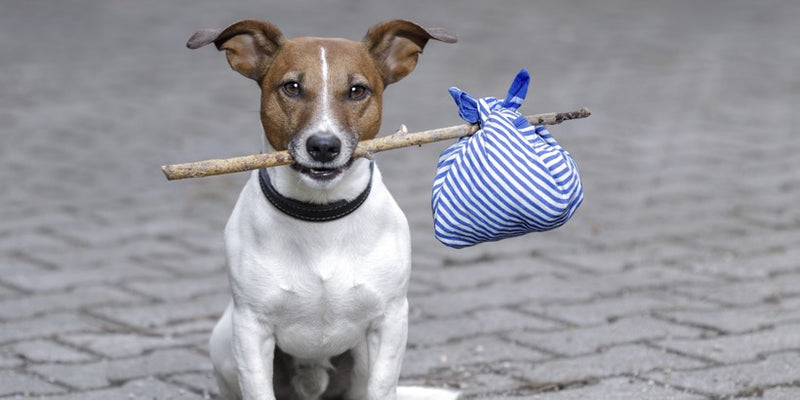Losing a pet is every furparent’s nightmare. Yet, millions of desperate ‘Missing’ and ‘Lost Dog/Cat’ posters go up each year around the globe. Oftentimes, it only takes minutes – sometimes even seconds – of carelessness for a pet to get stolen or go missing. According to the UK National Pet Register, over 10 million pets go missing every year, out of which millions never make it home.
Animals disappear for several reasons; getting lost, frightened, injured or stolen or just some of the various examples why. The experience of a pet’s disappearance can be extremely traumatic for both the animal and its owner, and the only way to avoid or rectify such a situation is to always be alert and prepared.
Microchipping is a Must!

The first and most important step to take after welcoming your new furry friend to the household is microchipping and registration. Carrying an identification number unique to your pet and stored data of both the pet and owner, a microchip can be implanted at almost any veterinary clinic at varying charges. Adoption fees ($70 – $250 for dogs, $80 – $150 for cats) at the Singapore Society for the Prevention of Cruelty to Animals (SPCA) cover microchipping and registration, amongst other services such as vaccination and sterilisation.
Do not forget to register your information after implanting the microchip, else this process will be for naught, as an un-registered microchip does not carry any information about you or your pet! Registered data is usually stored at the SPCA, Action for Singapore Dogs (ASD), the Agri-Food and Veterinary Authority Singapore (AVA), or privately-run databases such as Pet-Call and the Singapore Animal Registry.
In the case that your pet is ever lost, microchipping greatly increases the chances of recovering it thanks to proper identification. Aside from microchipping, collars and license tags are also important indications that the animal is owned, such that those who might find your pet outside will not mistake it for a stray.
Prevention is Better than Cure

As a dog owner, it is your responsibility to keep your dog leashed at all times while outdoors – while also providing it plenty of freedom and exercise such that it will be much less likely to experience the urge of taking a ‘walk’ by itself outside. Cats and dogs are also less likely to wander if they are spayed or neutered, aside from ridding owners of the possibility of unwanted litters.
Make sure that your gate or door is securely shut at all times. If you have an outdoor yard, you’ll want your fence high enough and securely grounded to keep your dog or cat from jumping out or digging its way under. It is also important to notify visitors, especially children, to take great care while opening the gates or doors to make their way in or out of your home.
Finding a Lost Pet
 Should you be so unfortunate to have lost your pet, file a report immediately at the police station and the nearest animal shelters in your vicinity. Inform the organisation at which you registered your pet’s microchip immediately to make a lost report, which will allow them to scan their databases and trace records of found pets.
Should you be so unfortunate to have lost your pet, file a report immediately at the police station and the nearest animal shelters in your vicinity. Inform the organisation at which you registered your pet’s microchip immediately to make a lost report, which will allow them to scan their databases and trace records of found pets.
Flyers with your pet’s photograph and information on how you can be contacted can be put up around your neighborhood as well as surrounding shops and businesses (if permitted), and should also be given out while you are conducting searches in the area. You should also include specific details such as its breed, special markings and other physical characteristics. Don’t ever give up on finding your furkid – there are several cases of how dogs, and sometimes even cats, are reunited with their owners months, sometimes even years, after their disappearance.
